Calypso Instruments Ultrasonic NMEA 2000 wind meter, plug and play wind
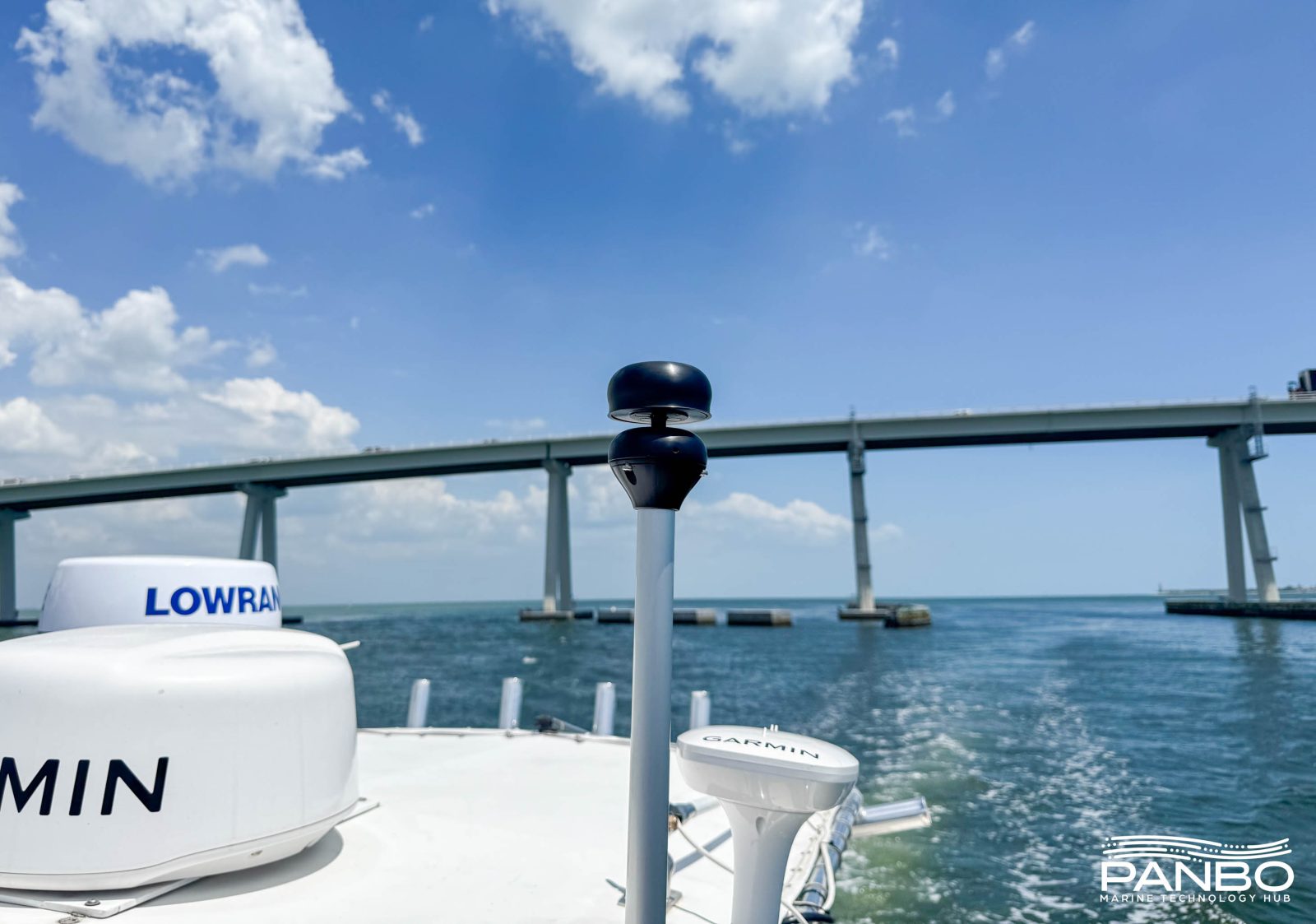
Wind sensors serve multiple purposes on a boat. For a sailor, they provide critical information to best harness the wind. For a power boater, they provide insight into conditions and a potential preview of close quarters manuevering. Regardless of the application, a simple, reliable, accurate, and easy to use wind instrument is something many boaters value. Does the Calypos Ultrasonic NMEA 2000 Wind Sensor deliver? Let’s take a look.
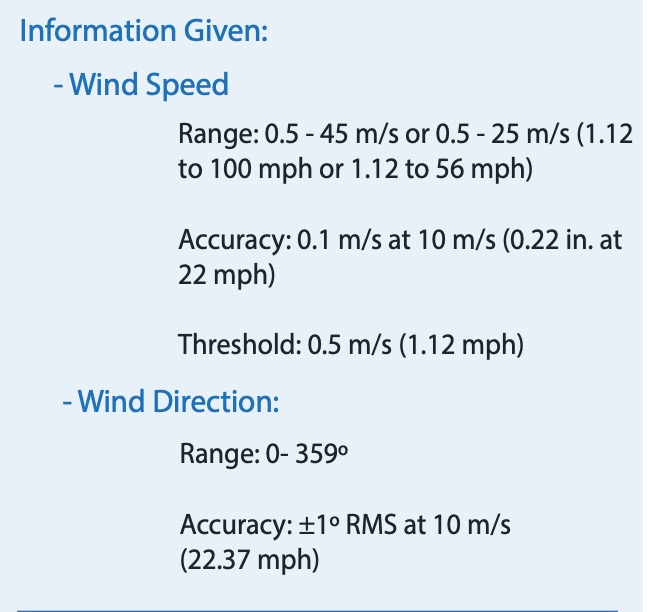
The $550 Ultrasonic NMEA 2000 Wind Meter has no moving parts. Instead, like all of Calypso’s wind meters, it utilizes the Doppler principal to measure wind speed and angle using ultrasonic sound waves. Like Ben Ellision in his review of the wireless Ultra Portable model, I appreciate the lack of moving parts, cups, or vanes. Calypso’s specs rate the sensor as quite accurate. In fact, the only sensor I could find that gets close is LCJ Capteurs’ CV-7 ultrasonic wind meter.
Physical installation
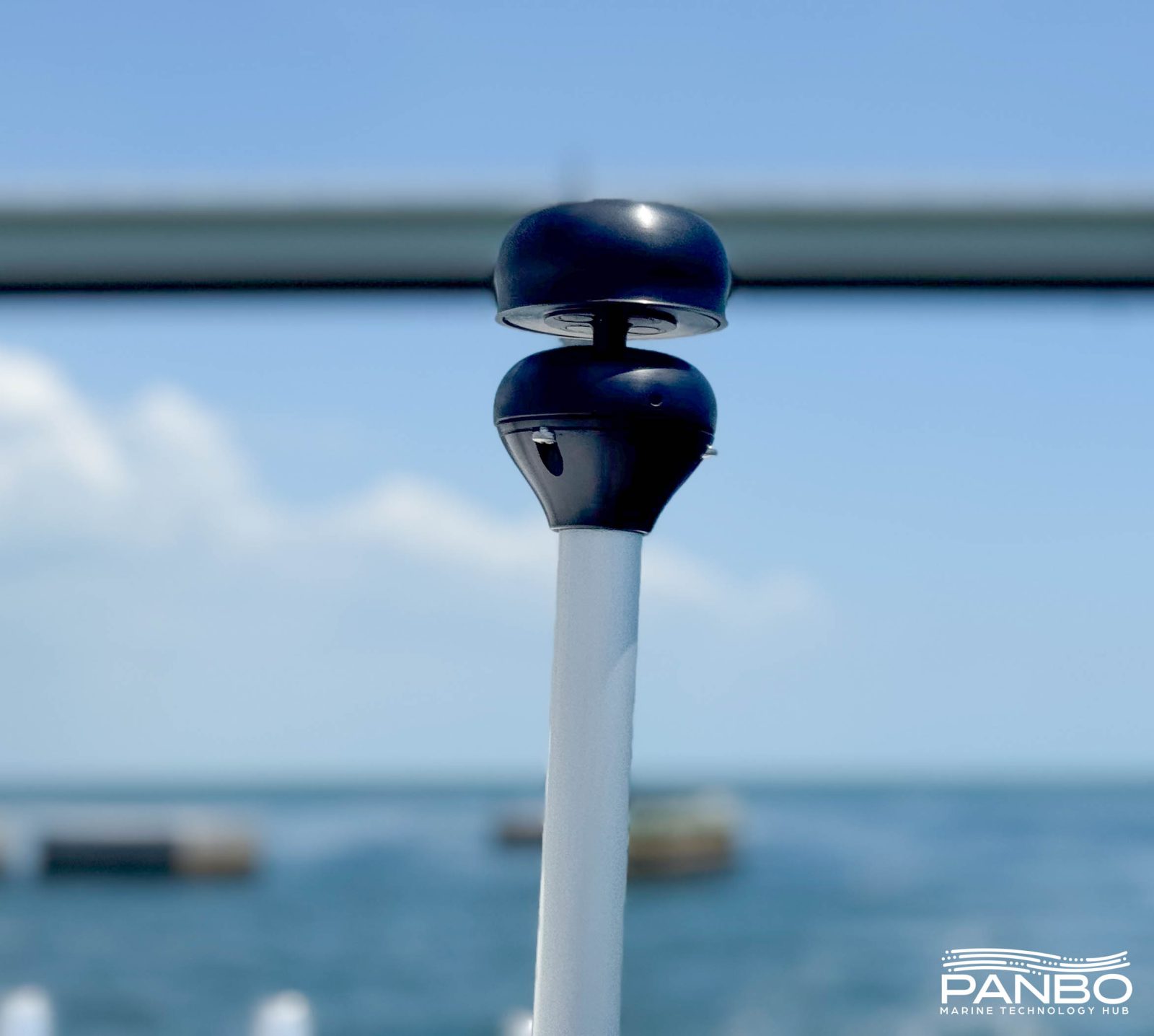
Installing the Calypso Instruments Ultrasonic NMEA 2000 Wind Sensor is pretty straightforward with a single NMEA 2000 cable connection. Physically, the wind instrrument provides two sets of 4 millimeter holes. One set on the side of the sensor and the other on the bottom. The pictures above show the sensor mounted on the optional $69 pole mount. One end of the pole has a funnel shaped mount to match the sensor and the other end has 1-inch 14 threading to mount to a standard VHF style mount.
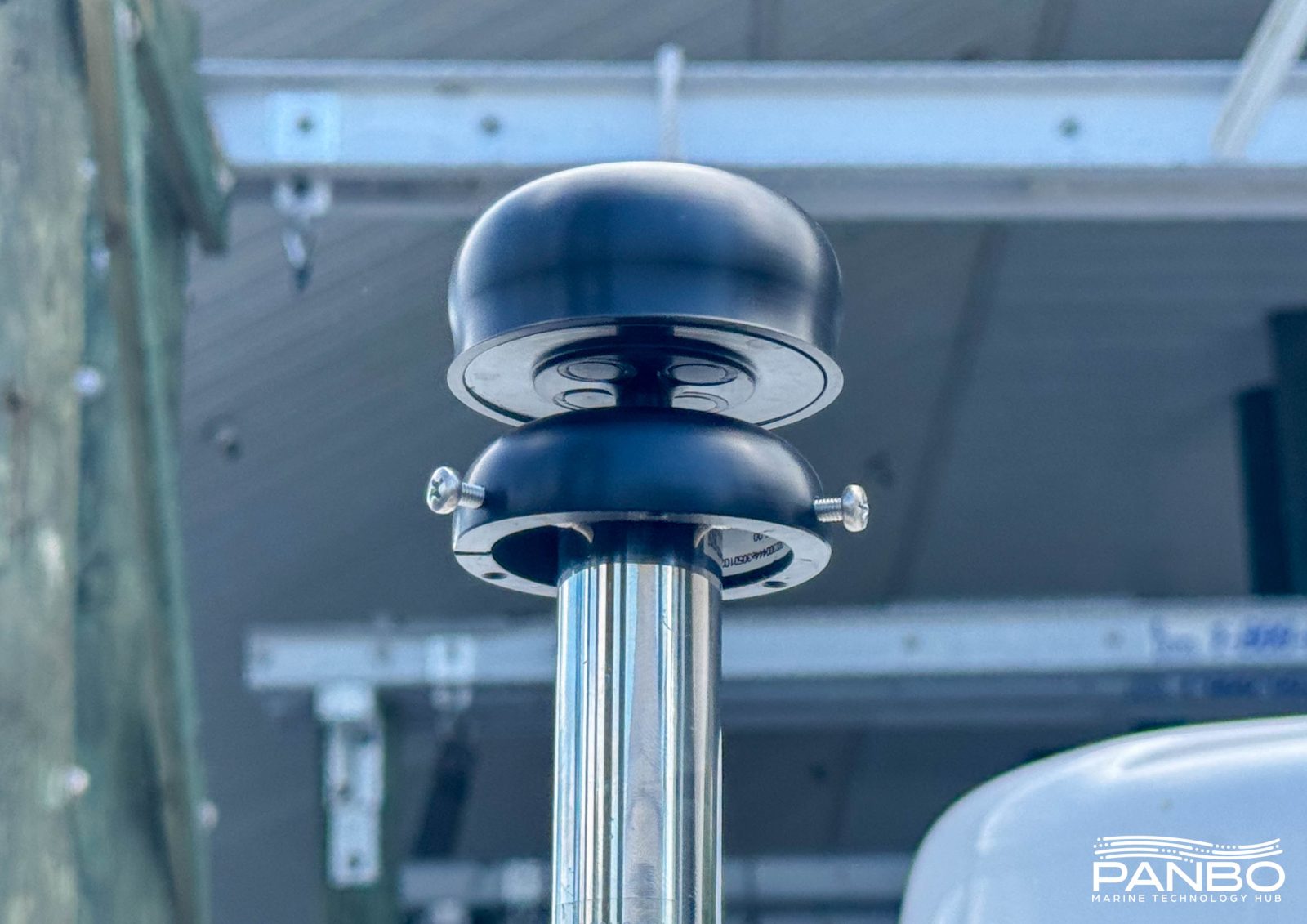
Initially, I didn’t have the Calypso pole mount so I made my own mount. I used a Shakespeare 4006 double ended ferule and longer 4mm screws. The longer screws clamped down on the exterior of the ferule and served as a fine improvised mount, although not as elegant as Calypso’s.
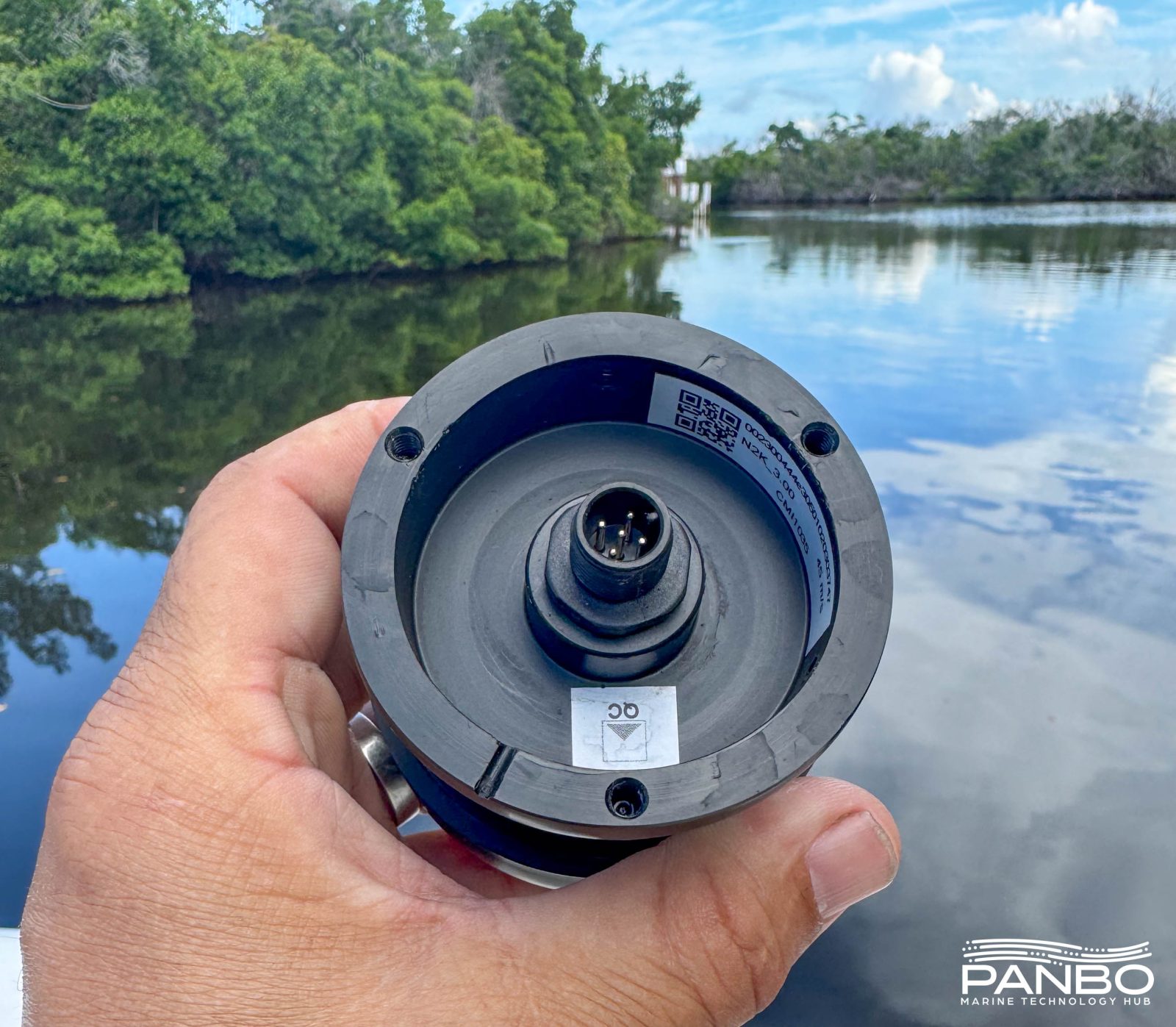
There’s a small notch in the sensor that should be pointed towards the bow of the boat — or if the sensor is installed in a fixed location, towards the north. Once verifying the notch pointed to the bow, it was back to the helm to see what the sensor measured.
Calypso on the water
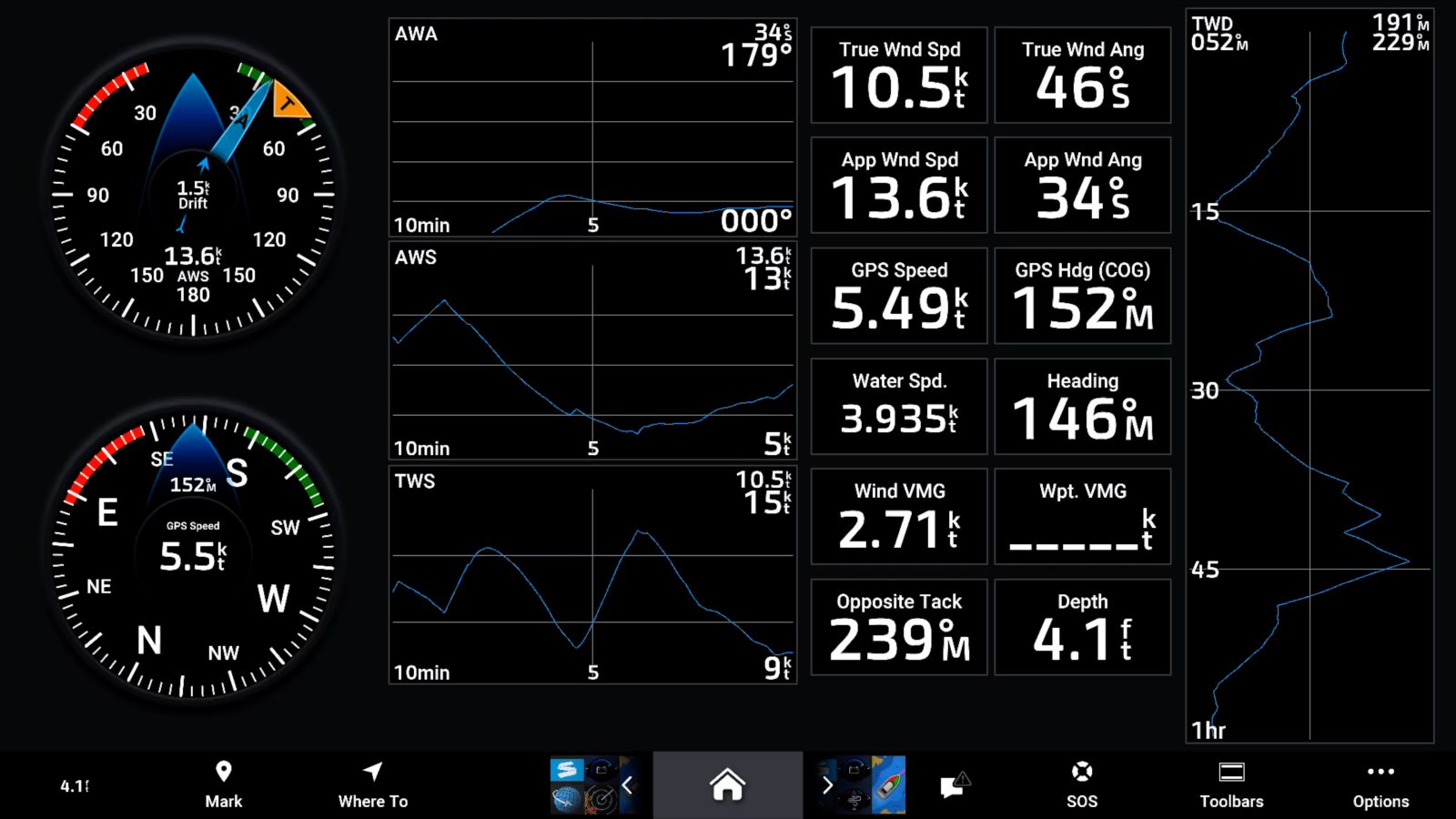
In my title, I called the Calypso sensor plug-and-play wind. The wind sensor earned that description in spades. After finishing the physical installation, the sensor was ready to go. In fact, I consulted the instructions just to be sure I hadn’t missed any calibration or other installation steps.
With no calibration needed I dove right into using the sensor. Panbo(at) is equipped with a Garmin MSC-10 satellite compass which provides high accuracy position and heading data. The Garmin GPS Map 9219 processes the incoming wind data along with speed and heading data to calculate true wind speed and angle. I don’t have means to independently verify the readings of the sensor beyond my estimation of wind speed and heading. Thus far, the readings have reconciled very well with observed and predicted conditions.
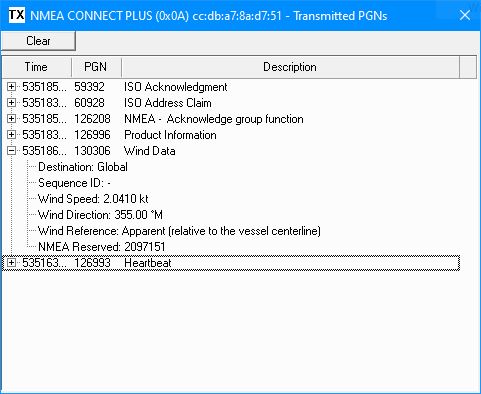
As you can see in the Maretron N2Kanalyzer screenshot above, the data the sensor transmits is simple. Provided with wind speed and direction, the MFD combines heading and speed data to calculate true wind speed and direction and wind efficiency data.
Speed through water vs speed over ground
By default, Garmin MFDs (and to my understanding, most other MFDs) utilize speed through water (STW) to determine true wind speed. On Panbo(at) this proved problematic. STW on Panbo(at) is provided by the pitot tube on the Yamaha outboard. I’ve never run down the issue, but I have noticed a delay in those readings. It seems to take a while for the speed indicated to increase and then holds that reading well after the boat has slowed. Not surprisingly, this delay wreaks havoc with true wind speed readings.
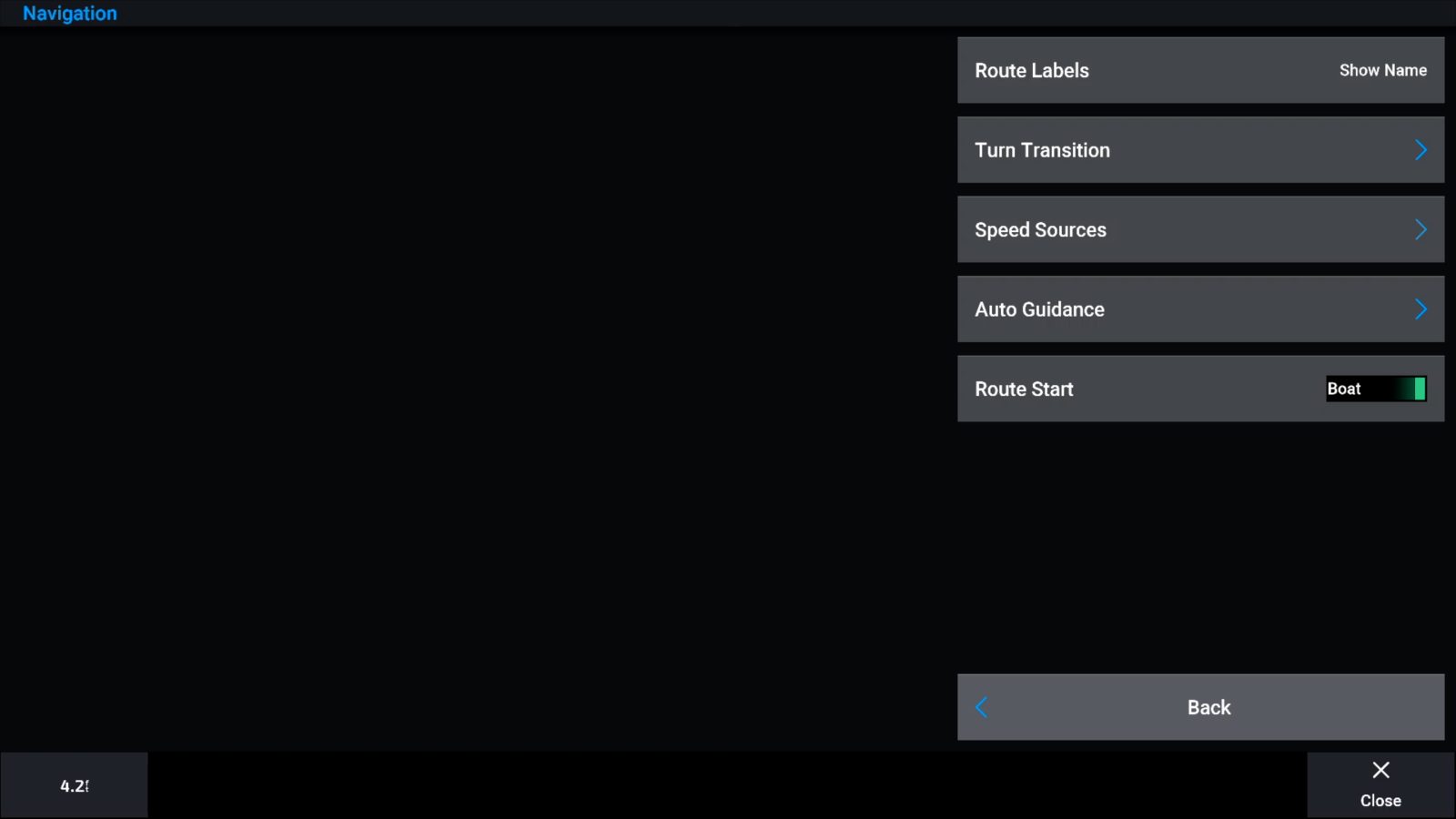
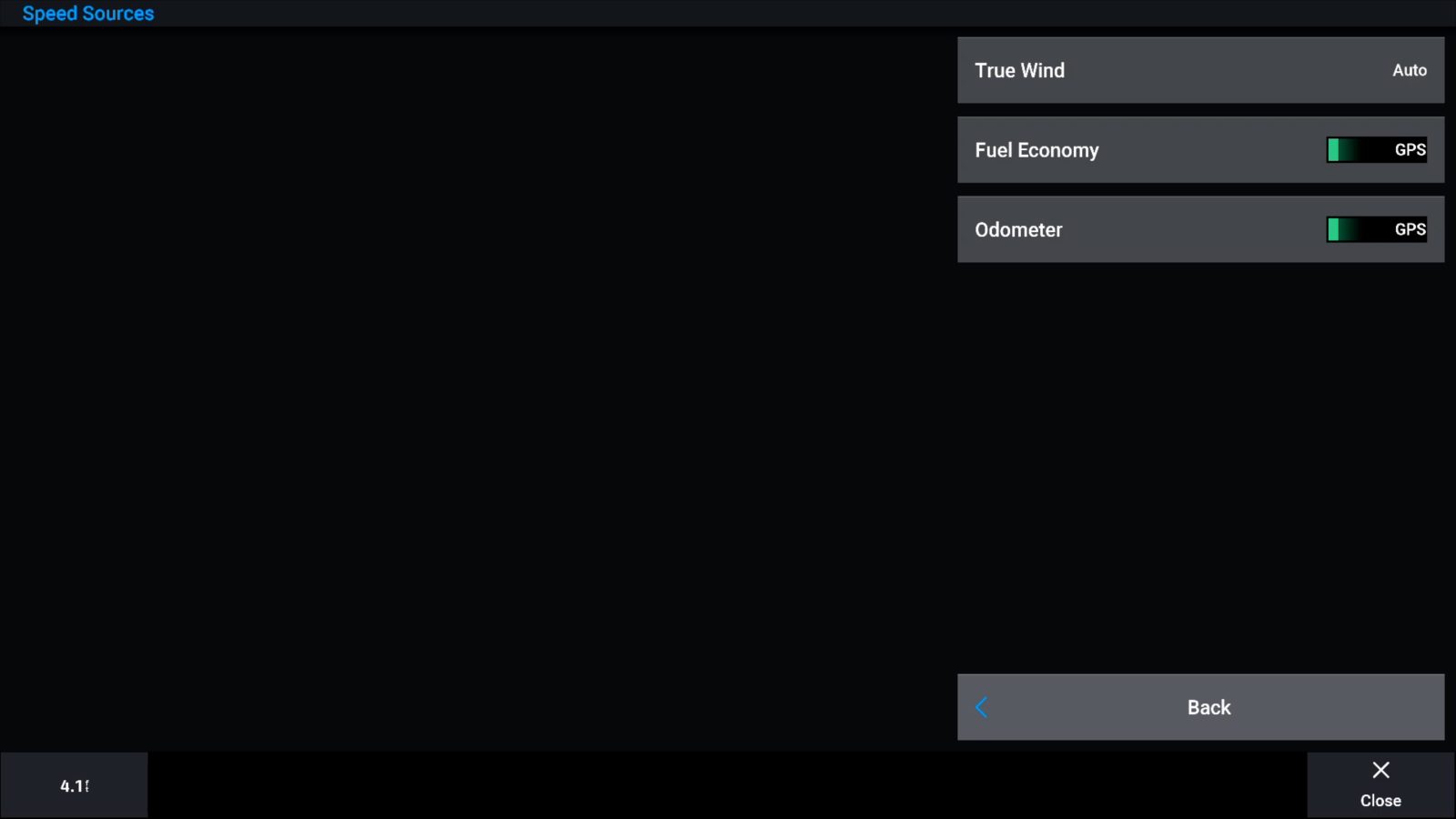
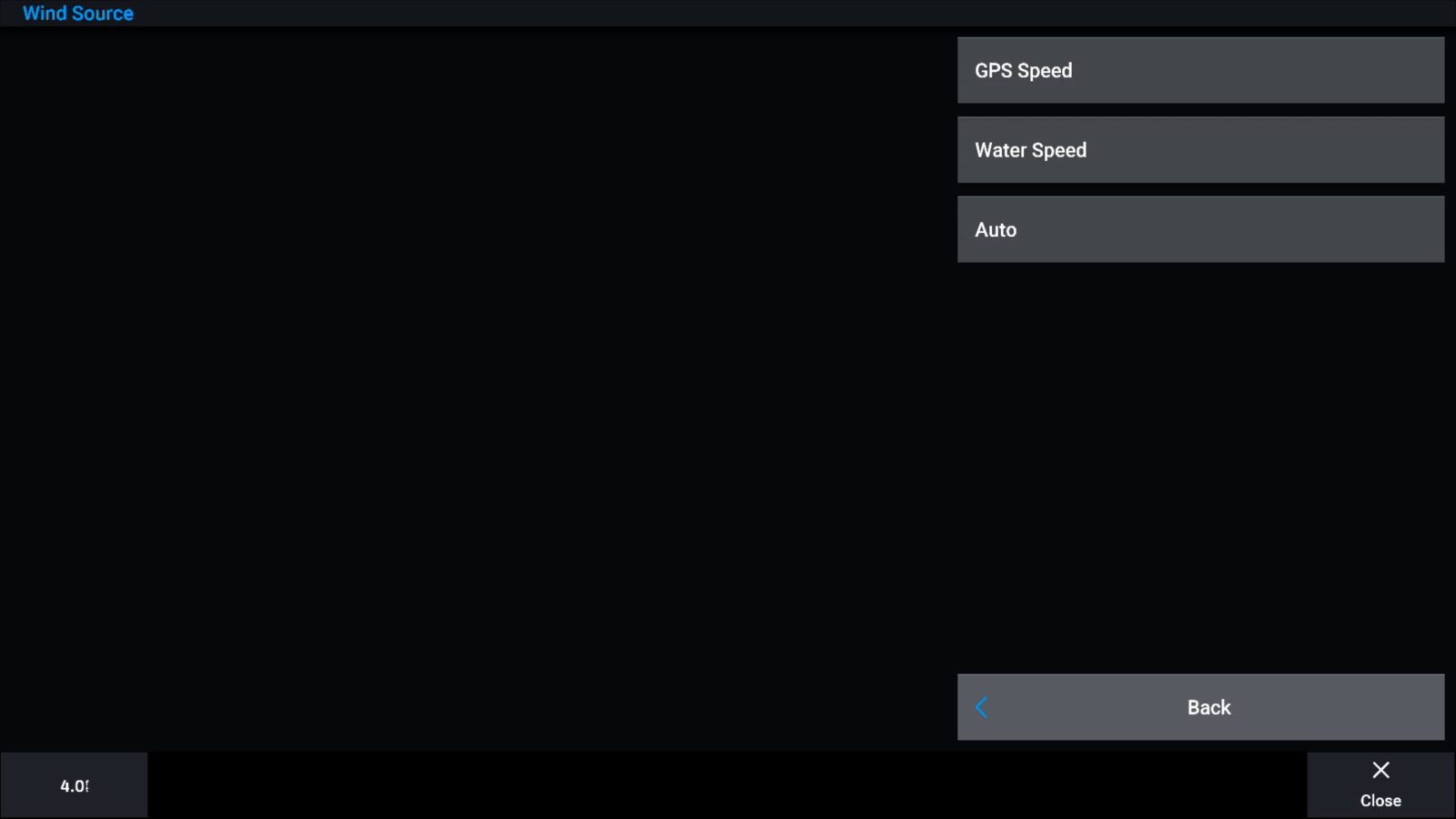
Fortunately, it is easy to switch speed sources via the preferences menu of the MFD. I selected GPS speed and had much more predictable results. Using SOG suits my purpose on Panbo(at) well but probably isn’t ideal for a sail boat with a well calibrated paddle wheel. On a power boat, my main interest in wind is understanding how it will impact maneuvering and for that understanding wind over ground is great. On a sailboat, speed through the water and efficiency through the water are the focus.
NMEA 2000 vs NMEA 0183 or wireless
Many wind sensors live at the top of a mast. A relatively thick NMEA 2000 cable isn’t the easiest thing to run inside a mast. Additionally, extending the NMEA 2000 backbone up the mast comes with potential issues. NMEA 2000 limits spur cables to 6 meters or just under 20 feet. That’s shorter than just about any mast so the backbone typically must extend up the mast. That means that if there’s an issue from the foot of the mast up, it is going to be difficult to access.
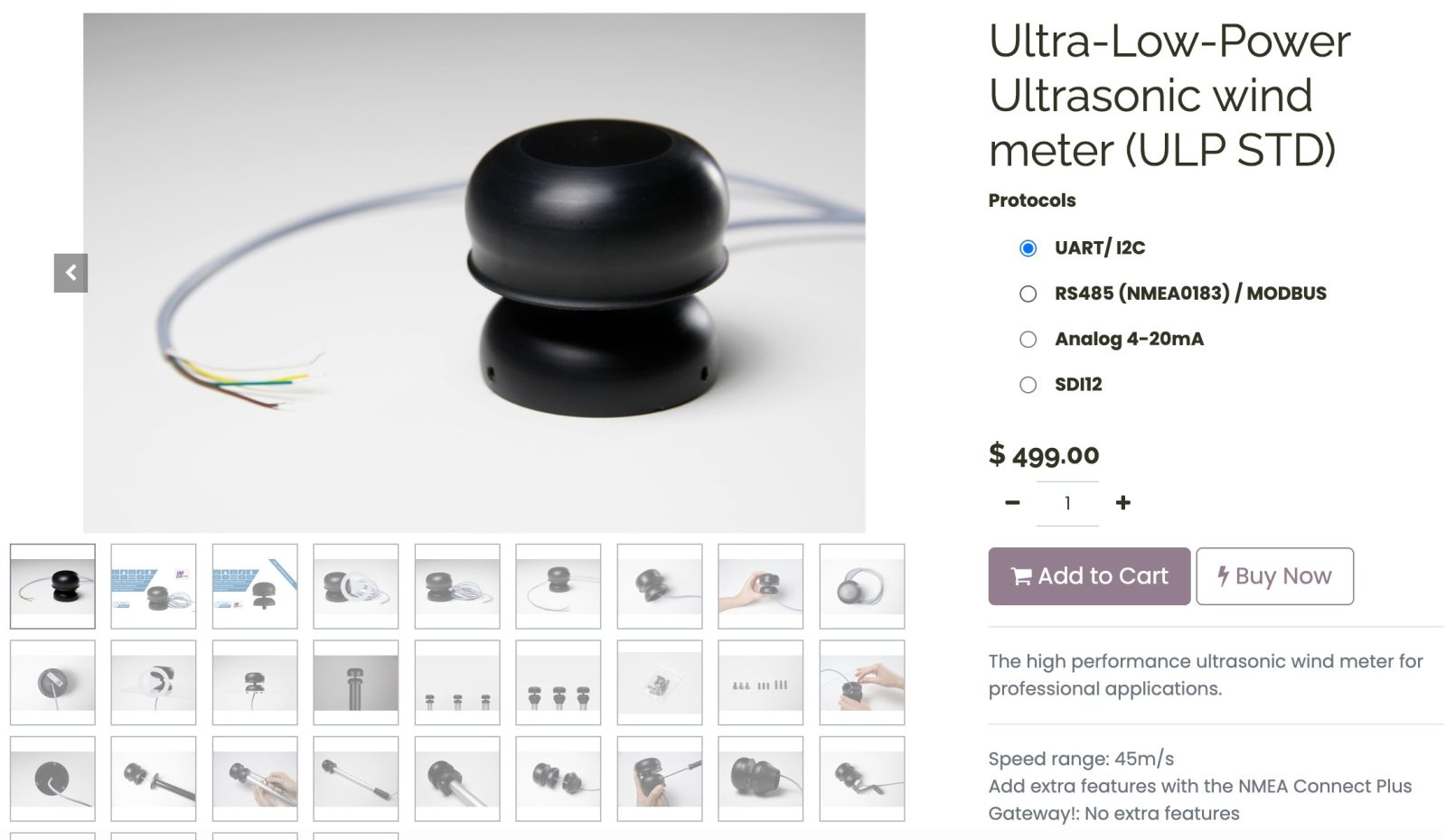
These challenges mean that many prefer to use either a NMEA 0183 wind sensor with a NMEA 2000 converter or proprietary signaling down the mast with a NMEA 2000 interface at the base of the mast. Calypso offers several wind meters with NMEA 0183, serial, and other communications options. If you prefer not to extend your backbone up your mast, Calypso offers an interface box that converts NMEA 0183 and Bluetooth sensors to NMEA 2000.
Final thoughts
Depending on your application, the NMEA 2000 variant may not be the best choice for some boats. But, if you have a boat for which NMEA 2000 and the larger cables involved make sense, the Calypso Ultrasonic NMEA 2000 wind meter is a compelling choice.













Timely article Ben, as I’m thinking of what to use on the masthead on a new build. Back in 2010, I read Dan Corcorran’s analysis here on the Airmar PB150 – a pioneer at the time. Happy to be able to report she is still doing well after 22 years of service. One concern I have is interference with my VHF antenna – as the real estate at the masthead is limited to provide ideal physical separation. In the case of the PB150 IIRC it was 1 meter. Any installation notes on this aspect? Thank you, Ted
Yes, the Airmar PB200. One of my favorite products to evaluate of all time, and it outlasted the ten years I had my boat with hardly any fading of the logo and other markings.
I had the opportunity to evaluate an early version of the Calypso a few years back, I can speak to mounting the Calypso on a sailboat.
The sensor should be mounted well above the masthead with an extension pole as pictured here with the Airmar ( https://panbo.com/sailing-with-an-airmar-pb200-part-ii/ ). Aligning the notch on the sensor requires a near impossible sighting to a line you draw on the extension pole, plus getting the extension pole itself facing perfectly forward.
The Calypso is far simpler than the Airmar. The Calypso won’t tolerate any rotational error as there is no calibration input in either the android app or the NMEA-2000 gateway. I compensated by making the base of my extension pole adjustable with a set screw going through the threads, as my bosun chairs did not support reaching up to the sensor at the top of the extension pole.
Another solution is to look to your MFD or instrument displays to take a wind calibration input, however some systems will only calibrate for wind sensors of the same vendor.
BTW, any calibration requires multiple attempts with the boat moving to determine the next adjustment. The screw method can involve multiple attempts and some fustration. Be sure to epoxy when you have it just right, so your setting is not lost.
for a 36ft powerboat which wind sensor would you recomment?
a. Airmar 150WX
b. Maretron WSO200
c. Calypso
Hi Mantas, I’m the other Ben but have tested ultrasonic wind sensors from all three brands (and LCJ Capteurs’). All seemed accurate and long lasting, except that the Maretron design is somewhat fragile if, say, stressed by aggressive shrink wrapping.
But I agree with Dan that it’s quite hard to orient a wind sensor precisely to a boat’s bow for max accuracy, so you might check if your MFD or instrument displays support an offset correction for incoming wind direction info. Or consider pairing the WS0200 with a Maretron display, which can do deep configuration and a lot more. For instance, the WSO also senses barometric pressure and relative humidity, and so a DSM can show both and also calculate Dew Point.
Meanwhile the Airmar 110WX also has pressure, with humidity optional, and configuration may be supported by some displays, though it’s more expensive than the others. I went on about Dew Point (and N2K config details) here: https://panbo.com/monitoring-dew-point-temperature-at-your-helm-why-and-how/
Great article Ben. I never thought to do this (monitor dew point temp) with the Airmar.
FYI the Airmar software for calibration, Weathercaster, does not run on Win 11
Hi Ben,
Does Calypso give any indication about lightning protection for the N2K Buss (or other interface)?
I say that because my olde reliable RayMarine wind setup is the ONLY thing I’ve ever taken lightning damage to. We had a nearby strike, and both the wind sensor and instrument (ST60) got blasted. I have surge protection on all the other masthead wiring (lights and radio antenna) but I can’t see how to protect the wind sensor wiring. I would be particularly concerned about strike energy getting into my N2K network! Are there any devices marketed to protect an N2K buss?
Thanks!
Hartley
S/V Atsa
We run lcj capteurs unit in 0183 version. Excellent choice. Comes with its own support strut. They have an n2k Version but this has the converter down the mast. Technology is far more modern than airmars. You may check if airmar didn’t buy earlier lcj Technology. Other advantage of the 0183 version of lcj is you can connect a Pc to the unit and can calibrate it that way plus take away the damping to increase frequency. Tech support is excellent to adapt the unit to’ individual needs
We’ve been running the LCJ Capteurs CV7 N2K version on our Bristol 35.5C for the last four years with good results from Maine to Bermuda. No moving parts at the masthead seems to give much more reliability than the Garmin GWS 10 that it replaced. I was forever finding the vane on the deck of that sad unit.